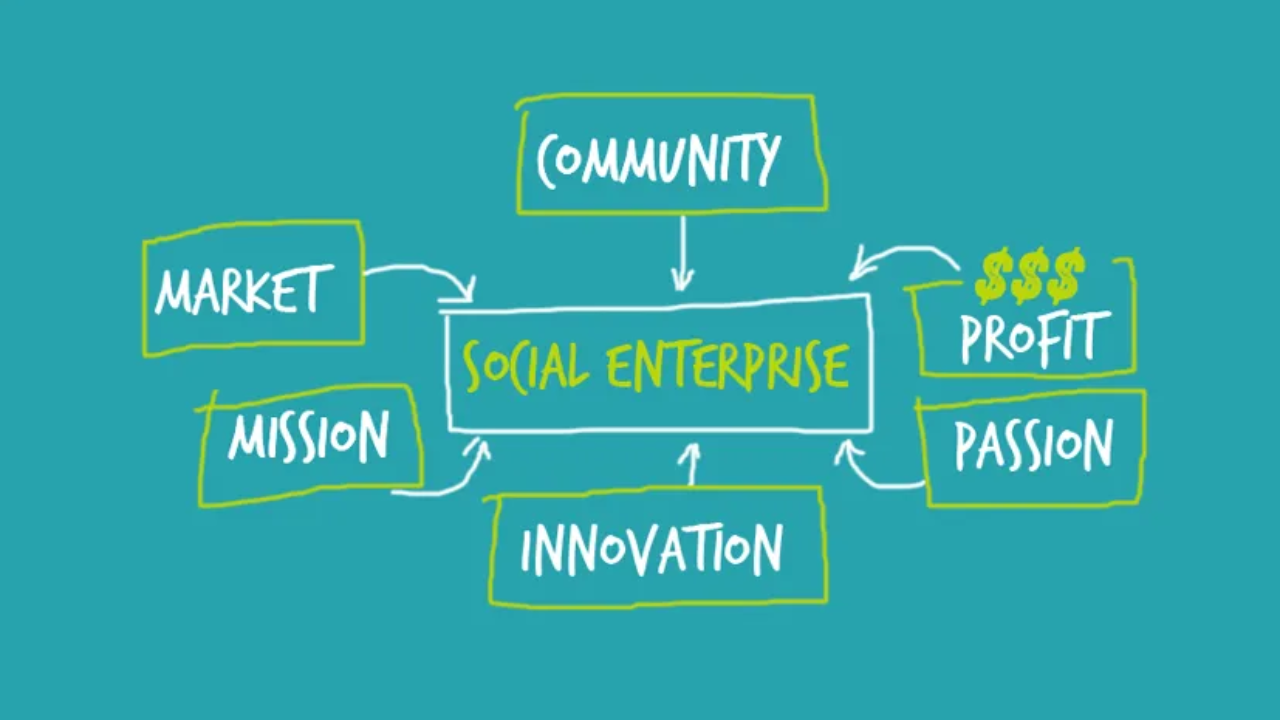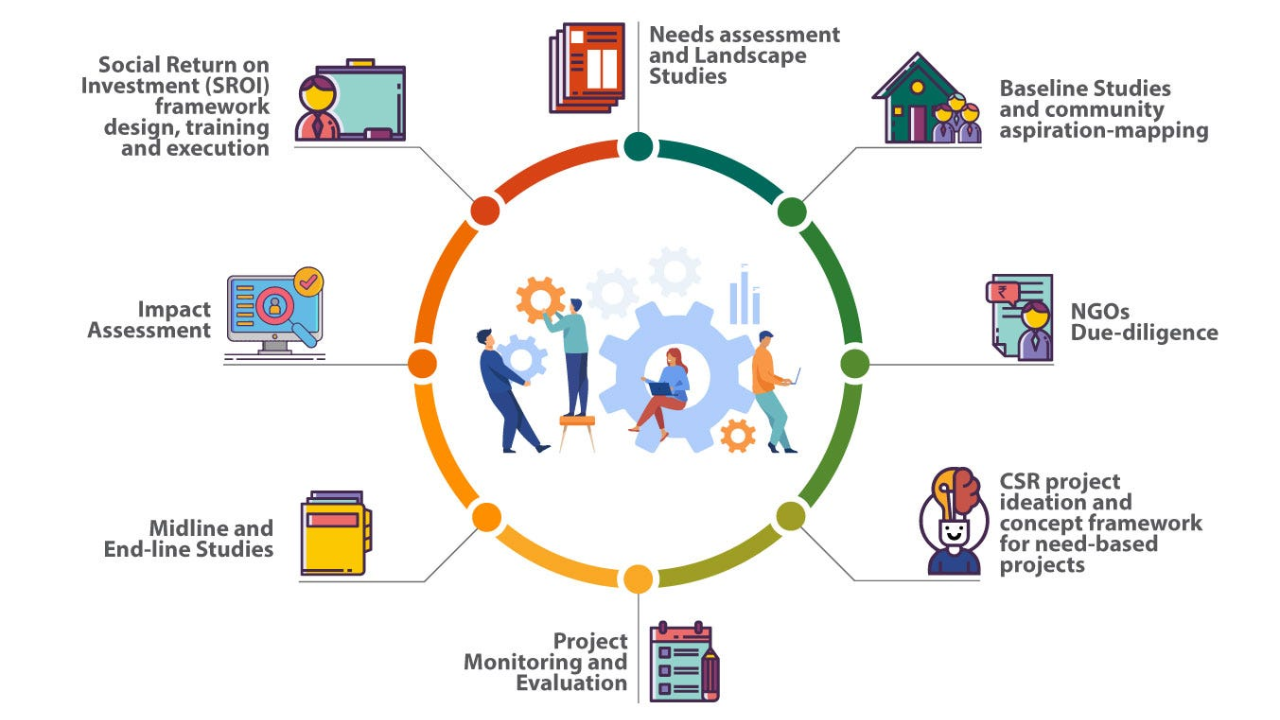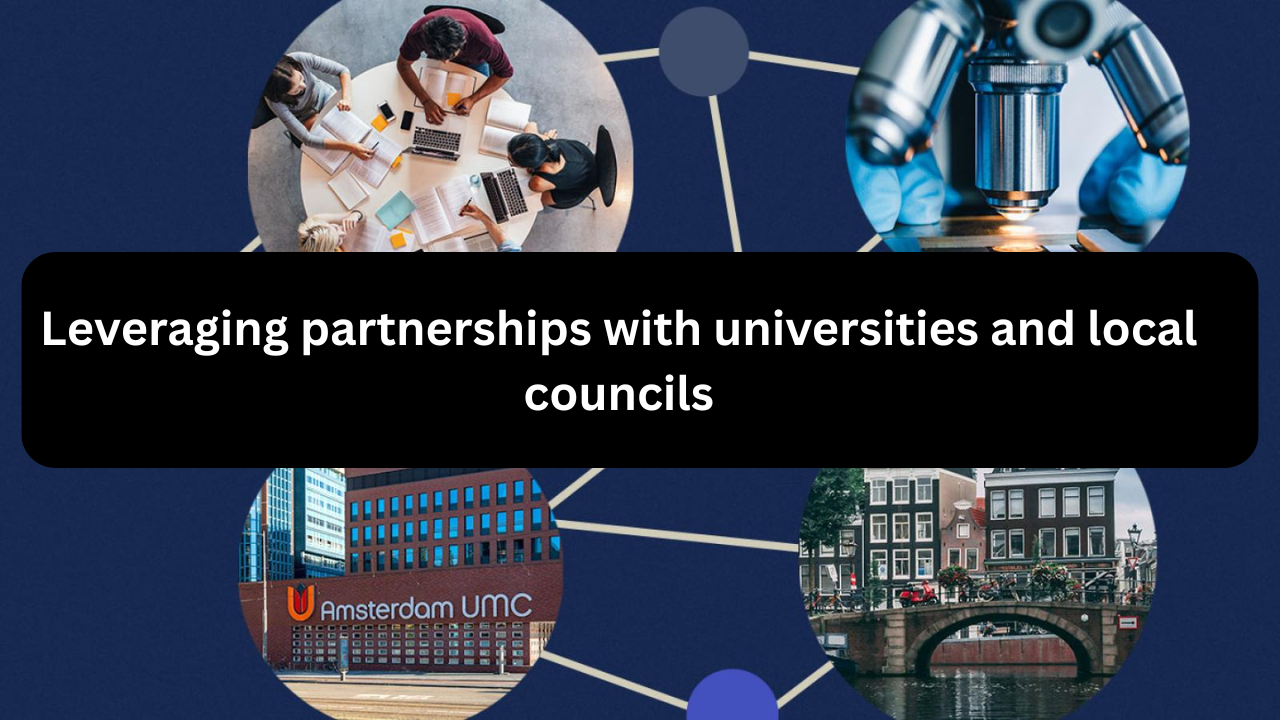Structuring a hybrid model: NGO + social enterprise for design firms
In today’s social impact landscape, many design-focused organizations are choosing to blend mission-driven work with entrepreneurial sustainability. One emerging structure is the hybrid model—a combination of a non-governmental organization (NGO) and a social enterprise. This dual approach enables design firms to pursue philanthropic goals while maintaining revenue-generating activities, offering a flexible and scalable structure for … Read more










